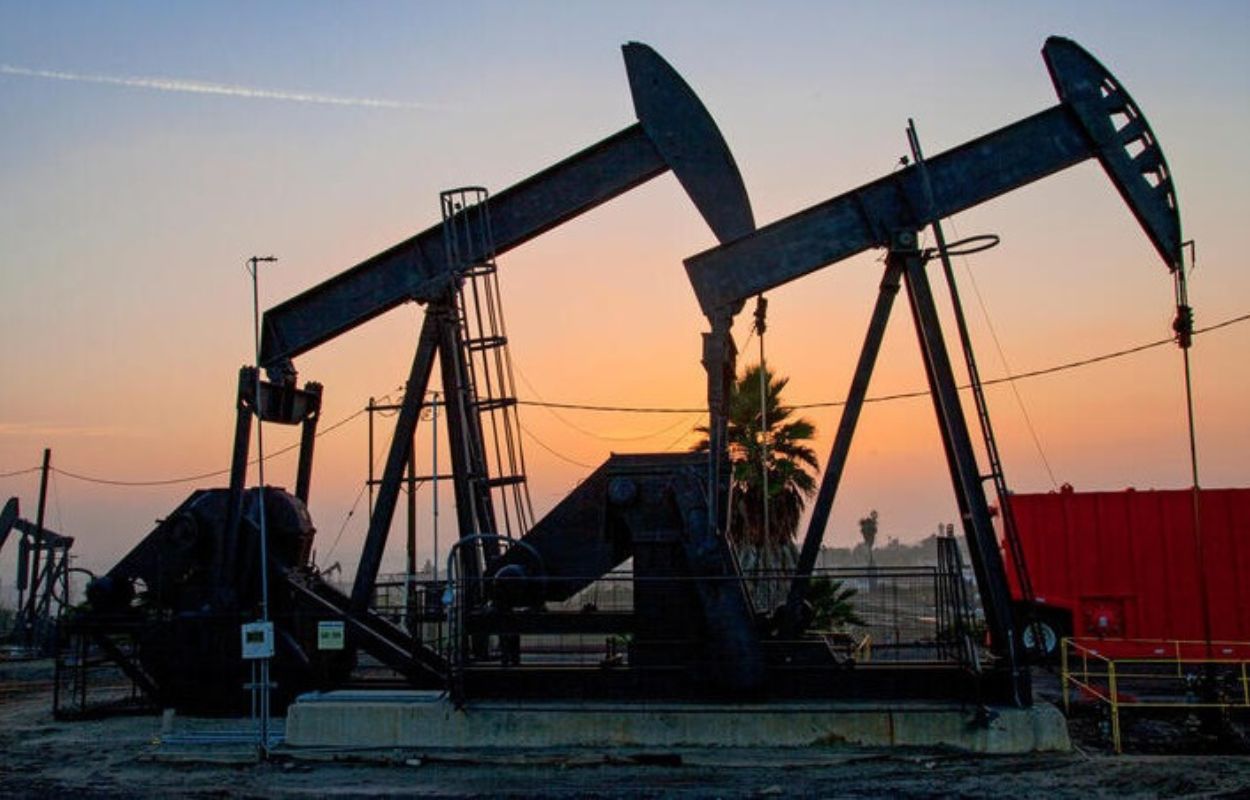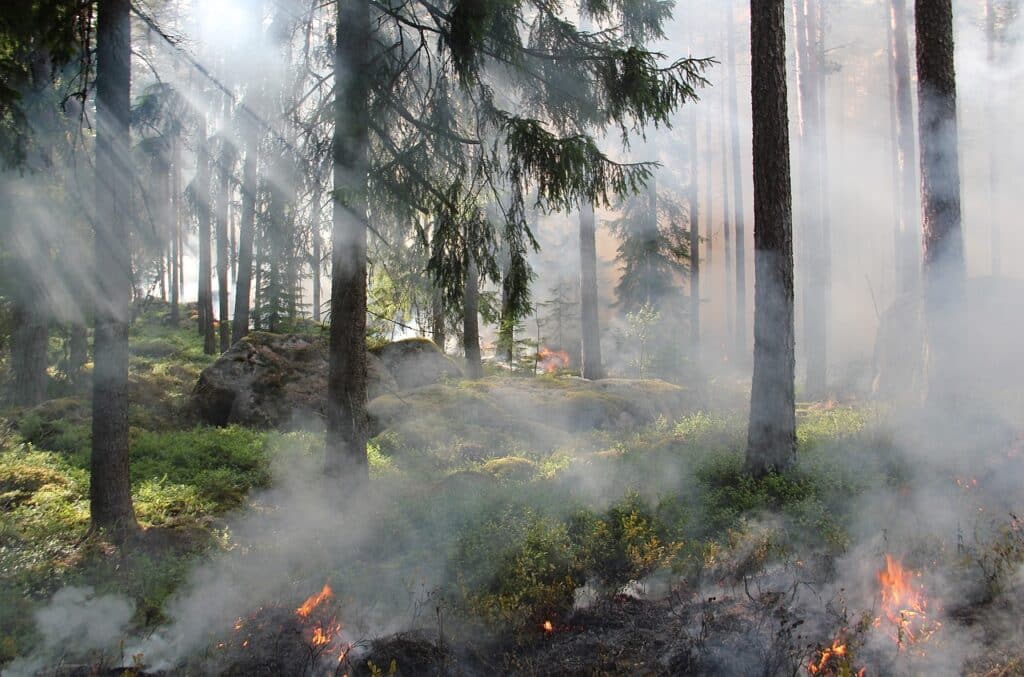
👇👇👇Change Language
The world will continue to rely on oil and gas for a few more decades, sparking debate over who should control its production and sale.
The Cop28 UN climate summit in December saw almost 200 nations agree to shift away from fossil fuels in energy systems fairly and effectively, a landmark decision praised by world leaders.
While many countries are striving to reduce their reliance on fossil fuels, only a few have taken significant steps to decrease production, particularly in oil and gas.
A recent United Nations report revealed that governments are planning to produce more than double the amount of fossil fuels by 2030 than what’s sustainable for limiting global warming to 1.5°C. Thus, there’s a crucial need to scale back production.
The International Energy Agency (IEA) asserts that no new fossil fuel production projects are necessary, yet fossil fuels will still be required for several decades to sustain economies. This raises questions about who should have access to drilling, extraction, and sale rights for the remaining supplies, and for what reasons.
Climate Home examined three main factors in oil and gas production. Unlike coal, which is the dirtiest fossil fuel, oil and gas are usually found together and extracted in the same regions by the same countries. The International Energy Agency (IEA) forecasts that their usage will outlast coal.
We analyzed which countries produce the cleanest, cheapest, and which economies could better withstand a loss in oil and gas revenue. The results vary greatly depending on the criteria.
The cleanest oil and gas comes from Norway and the Arabian Gulf, while the cheapest is found in the Gulf region. However, in terms of global economic fairness, smaller developing nations like Libya, Trinidad and Tobago, and Turkmenistan fare better.
Regarding clean production, considering that oil and gas will remain in use for the foreseeable future, shouldn’t we prioritize options that cause the least harm to the planet?
While burning oil and gas has equal environmental impact, the extraction process can vary in its climate impact. Norway and the United Arab Emirates argue that their oil and gas extraction is cleaner, a claim supported by a November 2023 IEA report.

Norway produces the world’s cleanest oil and gas due to strict regulations, capturing leaked methane and using clean electricity for production. Gulf states like Saudi Arabia, Qatar, Kuwait, and the UAE also have low emissions partly because their reserves are easily accessible, requiring less energy-intensive machinery.
However, it’s essential to consider that the majority of emissions from oil and gas come from their use rather than production. Only 5-20% of total emissions from oil and gas companies stem from production, according to Wood Mackenzie.
There’s a debate on whether we should prioritize the cheapest oil and gas for use, as lower production costs could translate to cheaper energy for consumers globally. This argument was presented by Amin Nasser, the head of Saudi Aramco, who emphasized their position as the lowest-cost producer and the likelihood of continued oil demand growth.
In the International Energy Agency’s “low cost” scenario for 2040, Qatar, Saudi Arabia, Iraq, and Iran are projected to increase their oil and gas production significantly, while more expensive producers like Canada, Australia, and China are expected to reduce output.


Should governments that historically emit the most CO2 be the first to reduce oil and gas production, given their financial capacity? Many African nations argue for this. Before Cop28, African negotiators proposed a ban on developed countries exploring for fossil fuels before 2030, allowing developing countries to fill the supply gap temporarily.
Neil Grant from Climate Analytics suggests considering a country’s ability to transition when deciding who should be the last producers. A report by Carbon Tracker shows that at least 28 oil and gas-dependent economies would lose half of their expected revenues under a moderate transition pace, highlighting the significant stakes involved.
Greg Muttitt, from the International Institute of Sustainable Development, said that if the transition relies solely on market forces, many people in oil and gas-dependent economies will suffer, either by losing their jobs or facing a decline in public services.
During Cop28, a coalition of civil society organizations released a report evaluating which countries should prioritize phasing out fossil fuel extraction, considering both economic reliance and climate justice.
Using a metric called financial “capacity,” which looks at surplus income beyond basic needs, the report identified Libya, Iraq, and South Sudan as countries that should phase out oil extraction later, while Algeria, Trinidad and Tobago, and Turkmenistan should do the same for gas. Norway, Canada, and Qatar were recommended to lead the transition away from both oil and gas extraction.



